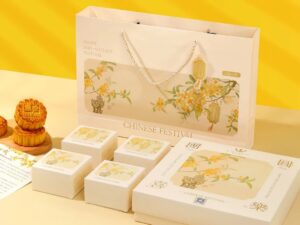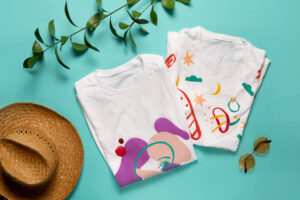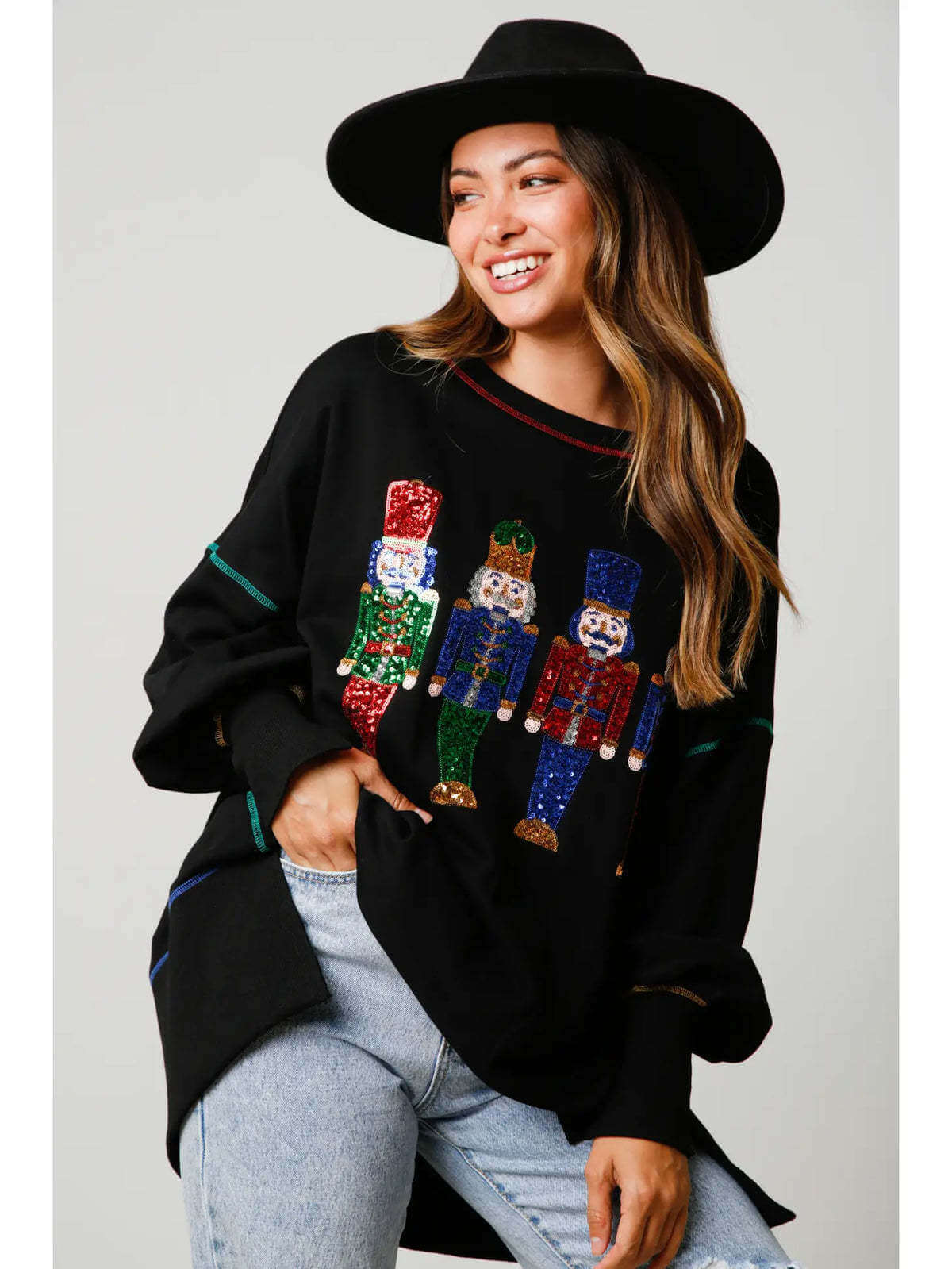Welcome to the second part of The Ultimate Guide to Clothing Fabrics in 2024. In the previous part we introduced the main classifications of fabrics.
Whether you’re a fashion enthusiast, a designer, or someone just interested in fabrics, this guide aims to demystify the fascinating realm of clothing materials.
Textile Fiber Categories
Natural Fibers:
-
-
- Plant Fibers: Cotton, Flax (Linen)
- Animal Fibers: Silk, Wool, Cashmere, Angora, Down, etc.
-
Pure Cotton: (70%–95% Cotton Content)
-
-
- Maintains the basic characteristics of 100% cotton.
- With 5%–30% auxiliary components, there may be slight variations (e.g., cotton with spandex, cotton with modal, cotton with Lycra).
-
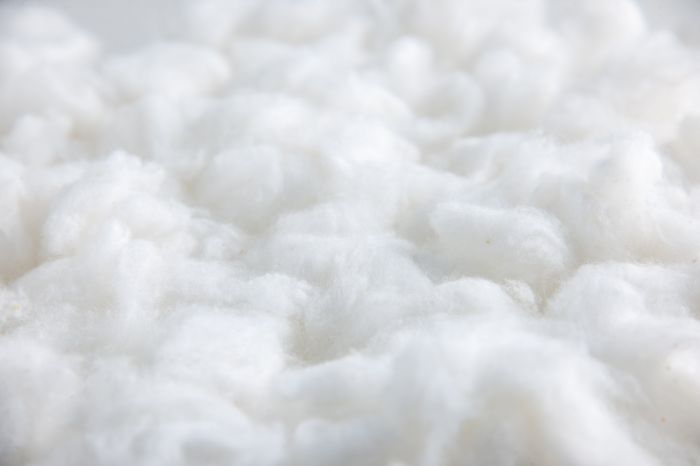
Fabric Characteristics and Care Tips
Natural Fibers
Fibers obtained directly from nature or from artificially cultivated plants, as well as from the hair and secretions of animals raised through human intervention, are classified as natural fibers.
(Among natural fibers, cotton, flax, and silk are currently the preferred choices for health-conscious consumers.)
Plant Fibers – Cotton and Flax (Linen)
Cotton
100% Cotton:
-
-
- Advantages: Excellent moisture absorption and breathability, soft and delicate to the touch, comfortable to wear, anti-static.
- Disadvantages: Without special treatment, it may shrink, fade, wrinkle, and be less resistant to wear and acid.
- (After high-temperature setting, it becomes less prone to shrinkage, deformation, increases luster, and improves abrasion resistance.)
-
Pure Cotton: (70%–95% Cotton Content)
-
-
- Maintains the basic characteristics of 100% cotton.
- With 5%–30% auxiliary components, there may be slight variations (e.g., cotton with spandex, cotton with modal, cotton with Lycra).
-
Care Tips for Cotton and Linen:
-
-
- Hand wash in cold water.
- Dissolve soap powder or neutral detergent in water and immerse clothing, avoiding direct contact between clothing and detergent. Do not soak for too long (5–10 minutes is ideal).
- Do not use bleach on colored clothing to prevent discoloration.
- Wash sweat stains promptly to avoid stains.
- Gently rub during handwashing, do not vigorously rub or twist. Dry in a well-ventilated, shaded area to prevent fading.
-
Linen
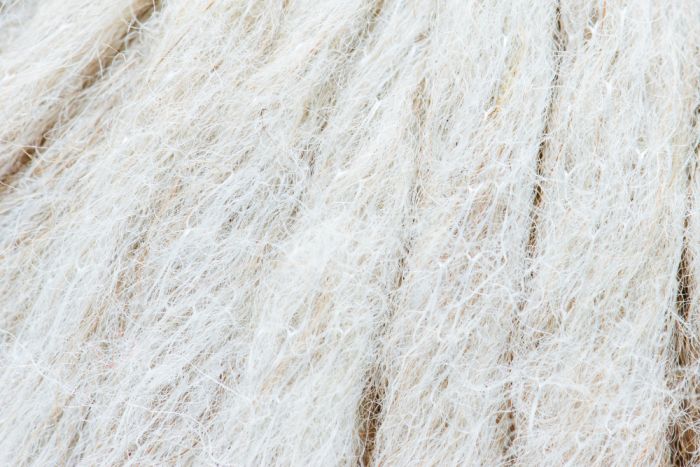
-
-
- Advantages: Moisture-absorbing, breathable, cool, does not stick to the body when sweating (known as a natural air conditioner).
- Disadvantages: Prone to wrinkles, poor drape, uneven thickness of warp and weft yarns, noticeable thick nodes, rough texture.
-
Care Tips for Linen:
-
-
- Wash with cold water and add fabric softener.
- Avoid rubbing or twisting forcefully.
- Avoid direct sunlight to prevent fading and yellowing of the material.
-
Animal Fibers – Silk, Wool, Cashmere, Angora, Down
1.Silk
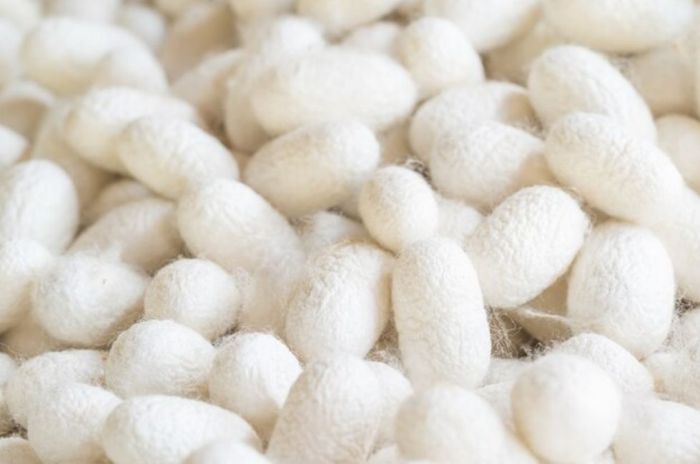
-
-
- Advantages: Shiny surface, soft touch, cool and breathable, elastic, contains amino acids that accelerate skin metabolism, enhancing cell vitality. Offers warmth in winter and coolness in summer.
- Disadvantages: Sensitive to alkali, prone to wrinkles, fading, and shrinkage. Avoid prolonged exposure to sunlight.
-
Care Tips:
-
-
- Use silk detergent, hand wash in cold water, avoid wringing, and limit soaking time to 3–5 minutes.
- Dry by laying flat in a cool, shaded area, avoiding direct sunlight.
-
2.Wool
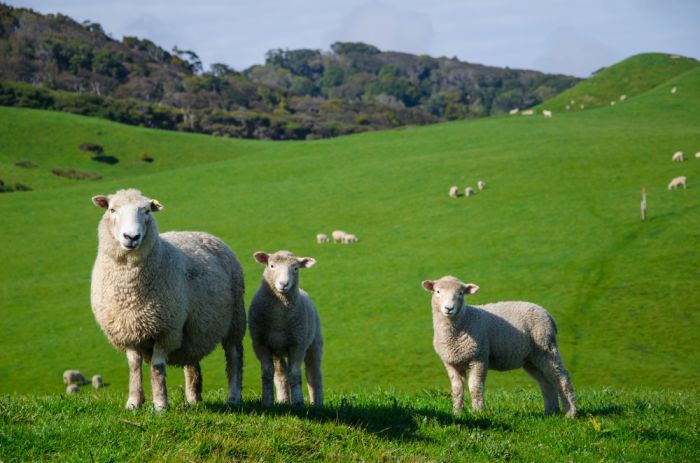
-
-
- Advantages: Warmth, good moisture absorption and breathability, elasticity, good resilience.
- Disadvantages: Prone to pilling, shrinkage, felting, and may feel itchy when worn close to the skin.
-
Care Tips:
-
-
- For wool content above 70%, professional dry cleaning is recommended. For content below 70%, use wool detergent for handwashing in cold water. Avoid high-temperature washing.
- Store with mothballs to prevent moth damage.
-
3.Cashmere
-
-
- Advantages: Fine fibers, full nap, smooth and soft to the touch, lightweight, warm, and comfortable.
- Disadvantages: Prone to shrinkage, pilling, and deformation with prolonged wear.
-
Care Tips:
-
-
- Recommend professional dry cleaning.
- Store with mothballs to prevent moth damage.
-
4.Alpaca Wool
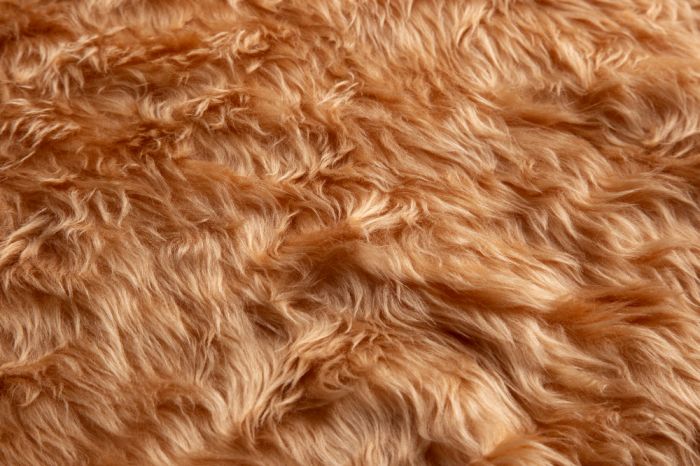
-
-
- Advantages: Lightweight, excellent warmth, rich texture, healthy colors.
- Disadvantages: Prone to shrinkage, pilling, and deformation with prolonged wear.
-
Care Tips:
-
-
- Recommend professional dry cleaning.
- Store with mothballs to prevent moth damage.
-
5.Angora
-
-
- Advantages: Smooth, soft, fluffy, excellent warmth.
- Disadvantages: Short fibers, prone to shedding, friction may cause pilling.
-
Care Tips:
-
-
- Recommend professional dry cleaning.
- Store with mothballs to prevent moth damage.
-
6.Down
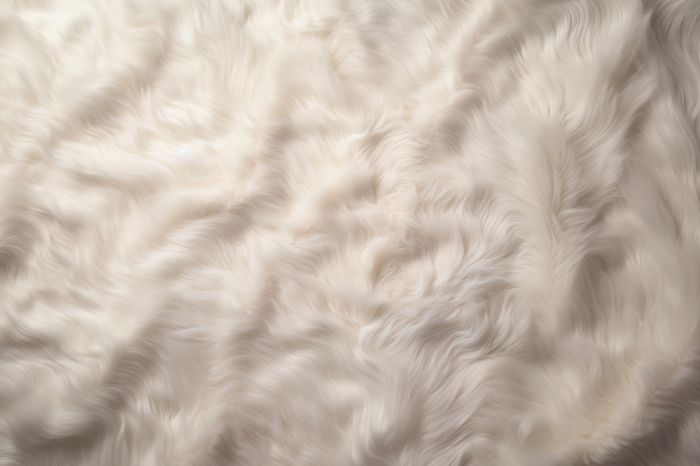
-
-
- Advantages: Soft, fluffy, excellent warmth.
- Disadvantages: Improper washing may cause down leakage.
-
Care Tips:
-
-
- Do not dry clean, as it may age the down and affect warmth.
- Use down-specific detergent for handwashing in cold water. Gently brush in the direction of the down’s natural lay. Rinse and squeeze out excess water. Air dry or low-temperature tumble dry (60°).
- Avoid direct sunlight. After drying, gently fluff to restore loft and softness.
-
Chemical Fibers
Chemical fibers are produced from natural or artificial high-molecular substances. They can be classified into two categories based on their raw materials: regenerated fibers and synthetic fibers.
Regenerated Fibers (Man-made Fibers)
Viscose Fiber
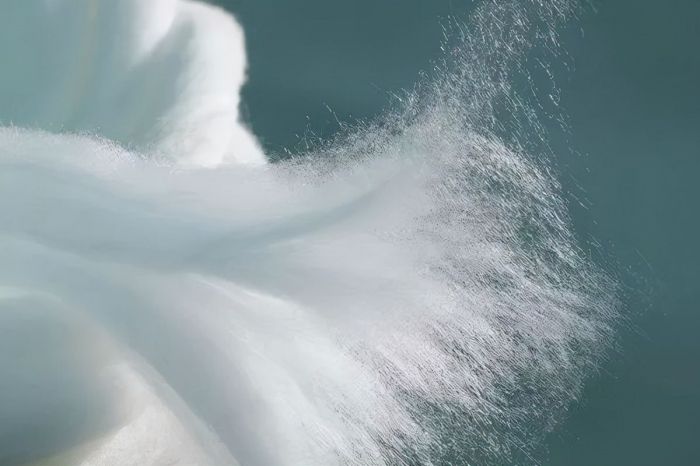
-
-
- Source: Derived from natural cellulose.
- Common Types: Rayon, Modal, Acetate, etc.
- Advantages: Moisture absorption, soft touch, glossy appearance, easy to dye with good color fastness.
- Disadvantages: Low strength, minimal elasticity, high shrinkage, prone to deformation.
-
Rayon (Viscose)
-
-
- Advantages: Soft, smooth, comfortable to wear, good drapability, excellent moisture absorption and breathability.
- Disadvantages: Susceptible to scratches, hanging, acid-base, and sunlight.
-
Modal Fiber
-
-
- Advantages: Superior moisture absorption and breathability compared to cotton, soft and silky texture, good drape, excellent dyeing properties with color fastness.
- Disadvantages: Poor resilience, easily deformed.
-
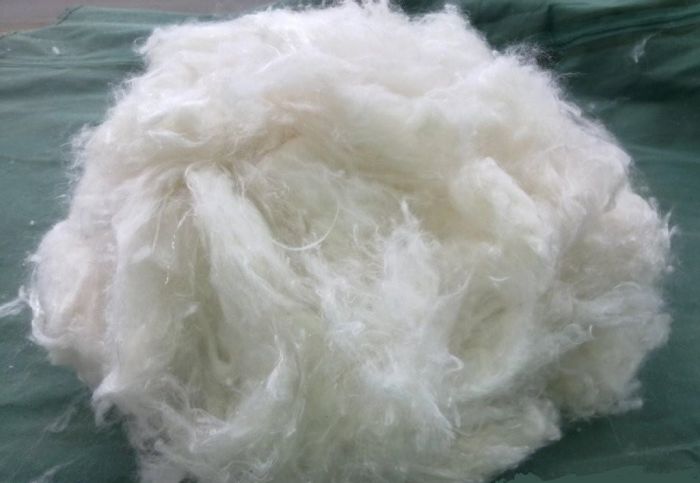
Care Tips for Viscose Fiber:
-
-
- Use neutral or silk-specific detergent for gentle handwashing in cold water (avoid prolonged soaking, 5-10 minutes). Dry by laying flat on a towel-covered surface. Avoid prolonged exposure to sunlight, wash promptly after sweating to prevent fading.
-
Acetate Fiber
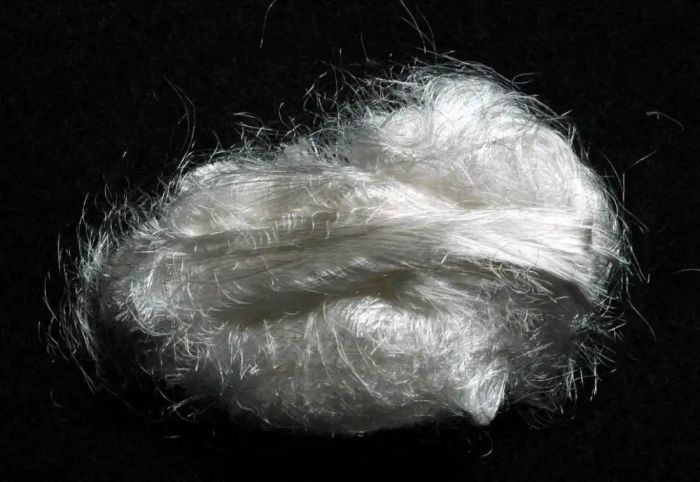
-
-
- Source: Derived from needle-like leaves of Canadian fir trees.
- Advantages: Breathable, good skin protection, efficient sweat absorption, quick-drying, bright colors, soft as silk, elastic, anti-static.
- Disadvantages: Susceptible to shrinkage, color fading, poor abrasion resistance, and deformation.
-
Care Tips for Viscose Fiber:
-
-
- Suitable for both water and dry cleaning. For water washing, use silk or neutral detergent, hand wash in cold water, lay flat to dry, and avoid prolonged exposure to sunlight.
-
Copper Ammonia Fiber
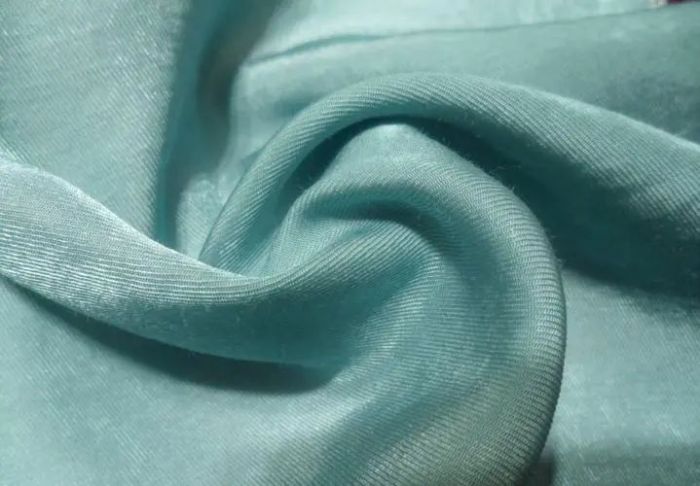
-
-
- Source: Extracted from fine fibers around cotton seeds.
- Advantages: Breathable, cool, anti-static, good drapability.
- Disadvantages: Lacks stiffness, prone to shrinkage, wrinkles easily.
-
Care Tips for Viscose Fiber:
-
-
- Suitable for both water and dry cleaning. For water washing, use silk or neutral detergent, hand wash in cold water, lay flat to dry, and avoid prolonged exposure to sunlight.
-
Synthetic Fibers
Synthetic fibers are produced through chemical processing of compounds such as coal, petroleum, and natural gas. They are then spun into various types of fibers.
Common advantages include high strength, durability, resistance to wear and deformation, and no shrinkage. However, they generally exhibit poor moisture absorption and breathability, and are prone to static electricity.
Examples of synthetic fibers include polyester (polyethylene terephthalate), nylon (polyamide fiber), acrylic (polyacrylonitrile fiber), and spandex (polyurethane fiber).
(1) Polyester (Polyethylene Terephthalate)
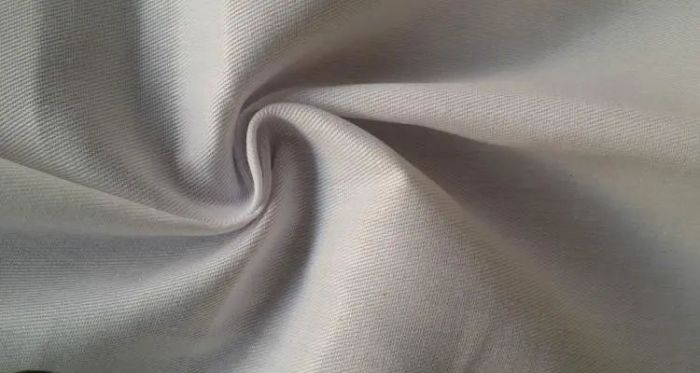
-
-
-
- Advantages: High strength, good elasticity, wrinkle resistance, and wear resistance. Does not shrink or deform. Good color fastness, easy to wash and maintain.
- Disadvantages: Poor moisture absorption, poor breathability, and prone to static electricity.
- Care Instructions: Low-temperature regular washing and air drying are recommended.
- Care Instructions: Low-temperature regular washing and air drying. Using fabric softener can help reduce static electricity. Avoid contact with hard objects during wear.
-
-
Polyester – Chiffon Fabric: Typically composed of 100% polyester, chiffon fabric is light, flowing, and has a silk-like texture. It has good color fastness, is resistant to deformation and color change, but exhibits poor moisture absorption and is prone to static electricity.
-
-
- Care Instructions: Low-temperature regular washing and air drying. Using fabric softener can help reduce static electricity. Avoid contact with hard objects during wear.
-
(2) Nylon (Polyamide Fiber)
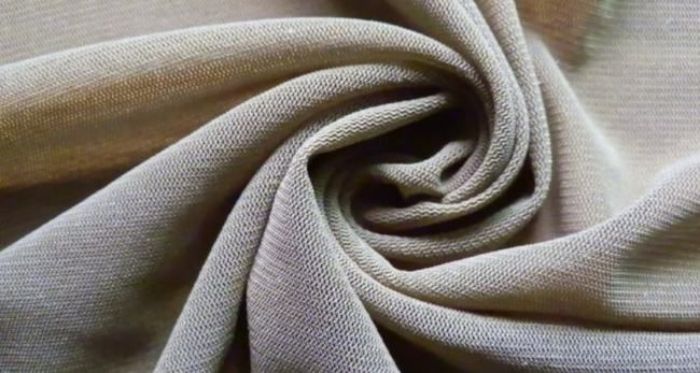
-
-
- Advantages: High fiber density, durable, wash-resistant, good strength, elasticity, and dyeing properties. Smooth and bright fabric with good waterproof and windproof performance.
- Disadvantages: Poor breathability, suitable for spring and autumn clothing.
- Care Instructions: Low-temperature regular washing is recommended, avoiding high-temperature ironing.
-
(3) Acrylic (Polyacrylonitrile Fiber)
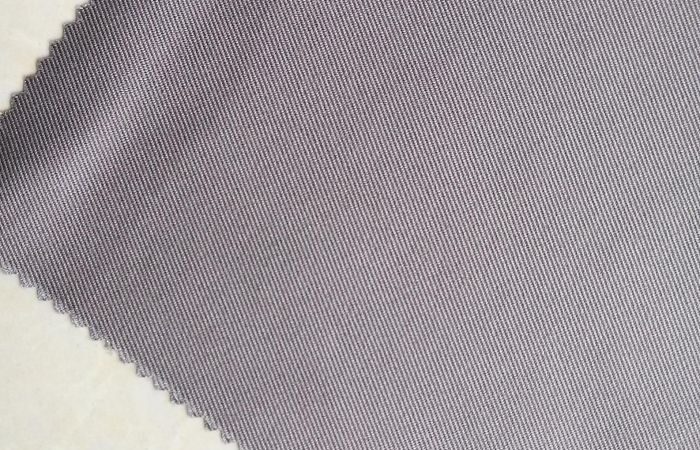
-
-
- Commonly known as “artificial wool,” acrylic fiber can rival natural wool in terms of elasticity and fluffiness.
- Advantages: Soft and fluffy, good insulation.
- Disadvantages: Poor moisture absorption, poor breathability, prone to curling, and pilling.
- Care Instructions: Regular washing is sufficient. Pure acrylic fabrics have excellent light resistance among all synthetic fibers, but blended fabrics should be air-dried in a cool place.
-
(4) Spandex (Polyurethane Fiber)
-
-
- Also known as elastane or Lycra, spandex is a high-tech fiber commonly blended with other fabrics.
- Characteristics: Excellent elasticity, large stretch recovery rate.
- Care Instructions: Wash according to the washing method of the blended fabric it is combined with, for example, cotton + spandex can be washed using the regular cotton washing method.
-
Blended Fabrics
Blended fabrics refer to the weaving of two or more different types of fibers together to form a fabric. Common blended fabrics include cotton-linen blend, cotton-lycra blend, modal-cotton, Tencel-cotton, wool blend, cashmere blend, and more.
Note: Blended fabrics generally complement each other, and washing should be done based on the primary fabric’s care instructions.
Cotton-Linen Blend
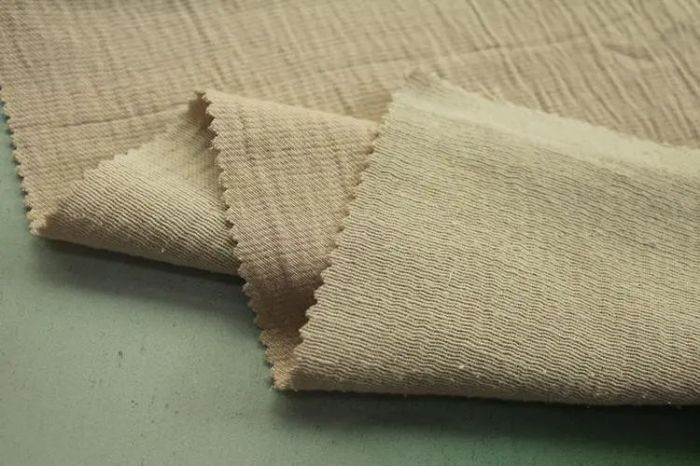
Cotton-linen blends combine the characteristics of both linen and cotton. Linen often has a rough texture, causing noticeable friction against the skin. However, the addition of cotton improves the fabric’s feel, making it more skin-friendly. Cotton-linen blends address the issue of cotton garments being overly soft and shapeless, providing a balanced and ideal choice for summer clothing.
-
-
- Commonly known as “artificial wool,” acrylic fiber can rival natural wool in terms of elasticity and fluffiness.
- Advantages: Good moisture absorption, breathability, and skin-friendly properties. Clothing appears structured and stylish.
- Disadvantages: Prone to wrinkles; can be easily managed with spray ironing.
- Care Instructions: Follow the washing method for cotton-linen blends.
-
Polyester-Cotton Blend (Polyester and Cotton Blend, with varying cotton content usually between 30% to 70%)
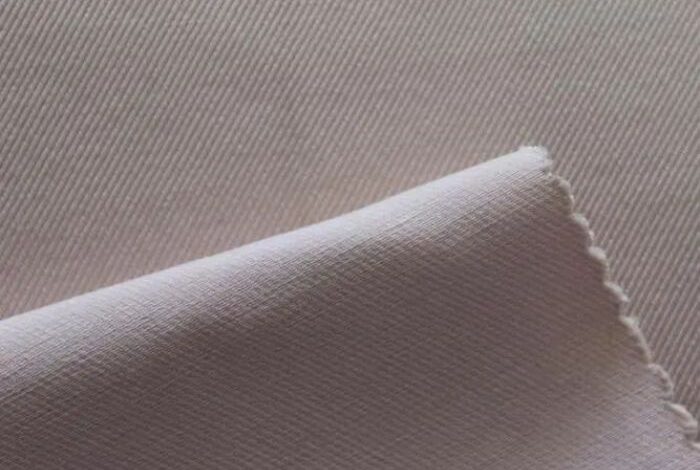
-
-
- Advantages: Does not shrink, resistant to deformation, durable, and easy to wash. Smooth surface, minimal wrinkling, and a silky feel.
- Disadvantages: Lower moisture absorption and breathability compared to pure cotton; prone to pilling.
- Care Instructions: For blends with 60% to 70% cotton content, follow the care instructions for pure cotton. Lower cotton content blends can be washed using regular methods.
-
Wool Blend
(1)Thin and Lightweight Wool Fabrics (wool suits, trench coats)
(2)Medium-weight Woolens (wool blend coats)
(3)Relaxed Wool Fabrics (blended wool sweaters)
Care Instructions: Dry clean garments with over 70% wool content. For blends with less than 70% wool, use a silk and wool detergent and hand wash in cold water. Wool and cashmere fabrics are particularly sensitive to high temperatures, so washing and ironing should be done at low temperatures.
Characteristics and Care Instructions for Non-Woven Fabrics
Non-woven fabrics include genuine leather, fur, and PU (polyurethane) materials.
Genuine Leather (Commonly Used: Sheepskin)
Care Instructions for Leather Clothing:
A. Avoid contact with oily substances to prevent discoloration.
B. Avoid contact with chemicals (perfumes, etc.) as they may cause the leather to stiffen.
C. Store leather garments in a non-woven bag, in a cool, ventilated place, and avoid direct sunlight.
D. Seek professional care at furrier shops whenever possible.
Fur
Fur refers to clothing made from animal fur and is known for its warmth and luxurious appearance. Common fur types include mink (considered more luxurious), fox fur, sable, and rabbit fur.
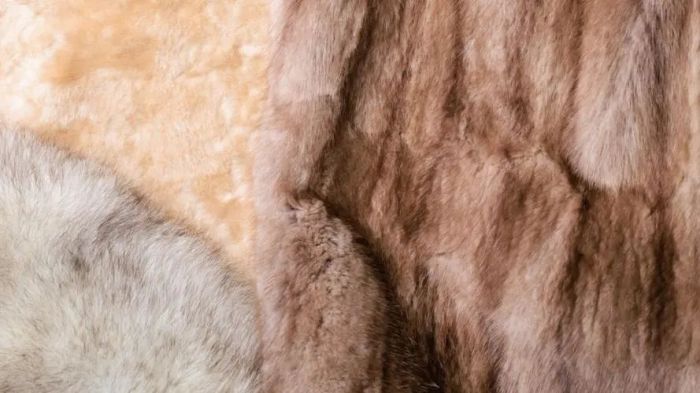
Characteristics of Different Furs:
(1)Mink Fur: Luxurious, fine, soft, and resistant to shedding.
(2)Fox Fur: Popular, fine texture, elastic, and available in various natural colors.
(3)Rabbit Fur: Soft, comfortable, and characterized by a fine, dense, and shiny texture.
Care Instructions for Fur:
A. Avoid attaching anything to fur to prevent damage.
B. Hang fur on wide-shoulder coat hangers after each wear.
C. Do not use standard cleaning methods; seek professional fur cleaning services regularly.
D. Avoid folding or hanging in damp, heated closets. Keep fur in a dry, cool, and well-ventilated place, avoiding direct sunlight.
E. Avoid contact with chemicals such as perfume and hairspray.
PU Fabric
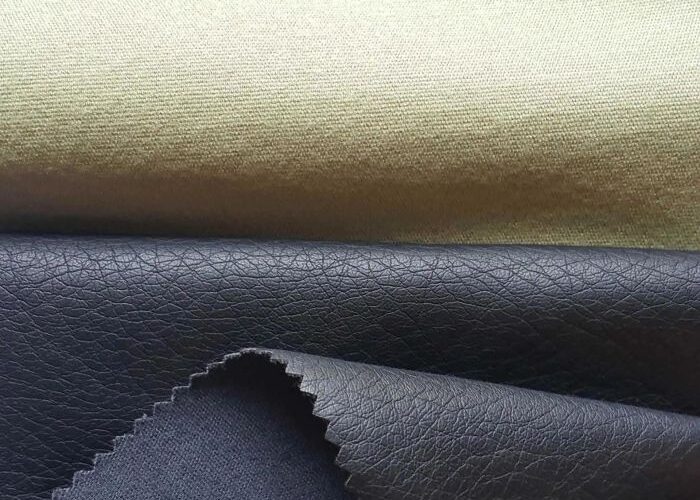
PU fabric is a high-quality synthetic leather made by combining or coating a base fabric with PU resin.
Characteristics of PU Fabric:
(1)High strength, thin and elastic, good breathability, and waterproof.
(2)Maintains good tensile strength even at low temperatures.
(3)Durable and easy to care for.
Care Instructions for Fur:
-
-
- Do not dry clean; wash with low-temperature water (not exceeding 40 degrees Celsius). You can use water or a mild detergent for cleaning.
- Hang PU leather jackets on hangers in garment bags for storage, avoiding folding.
- Avoid prolonged exposure to sunlight.
-
As we conclude the second part of the “2024 Ultimate Guide to Clothing Fabrics,” we’ve traversed the microscopic worlds of various fabrics, discovering their unique characteristics and boundless possibilities.
From natural cotton and wool to cutting-edge technical fibers, each fabric plays a crucial role in fashion design. Understanding the nature of fabrics not only enhances comfort but also contributes to sustainable fashion.
It is our hope that this guide has provided you with profound insights and ignited your boundless curiosity about clothing materials. As we embark on future fashion journeys, let’s explore and innovate together, making smart choices with a discerning eye for fabrics that reflect our styles and values.

